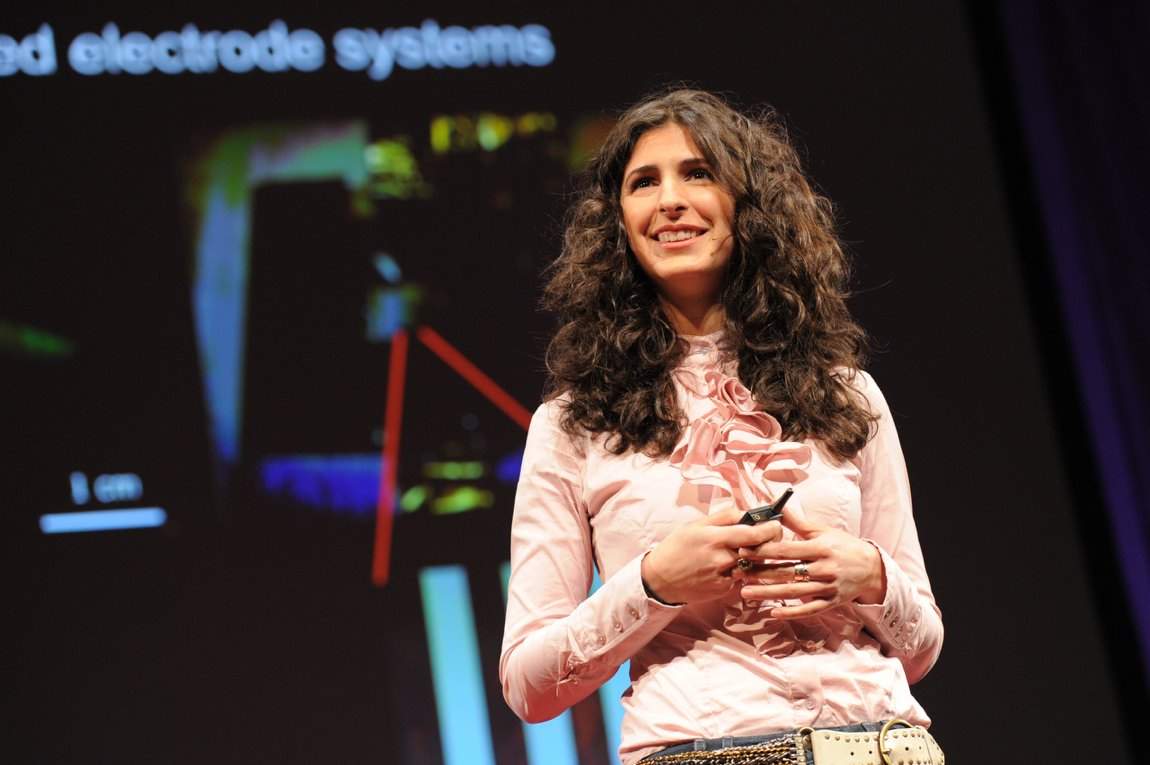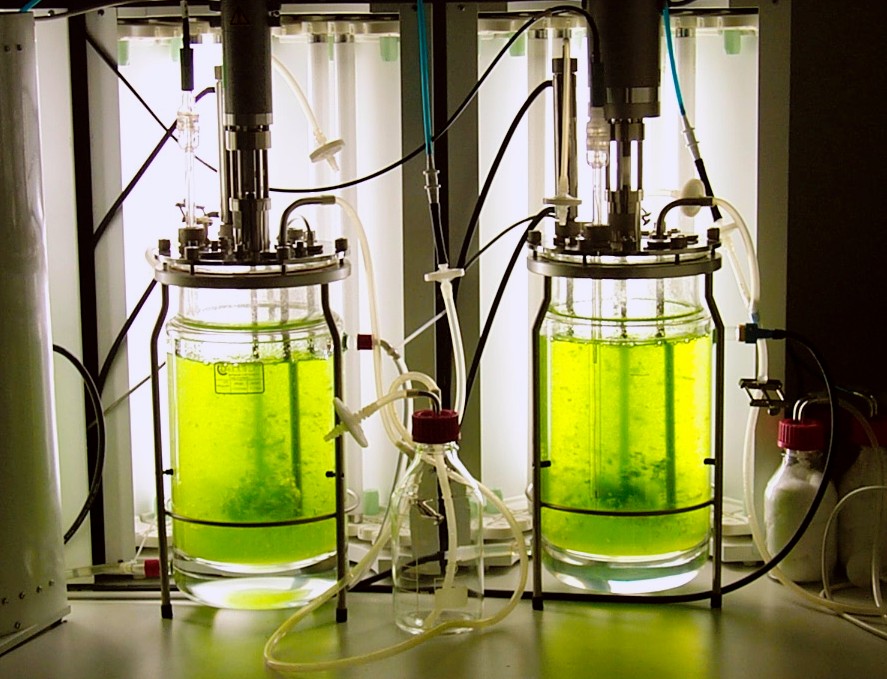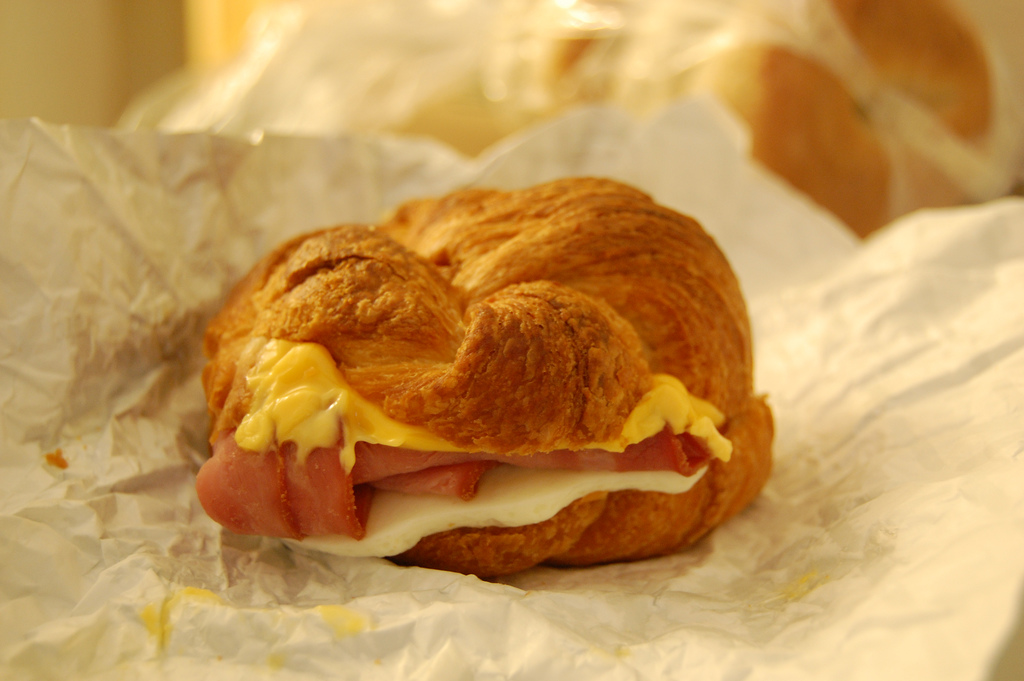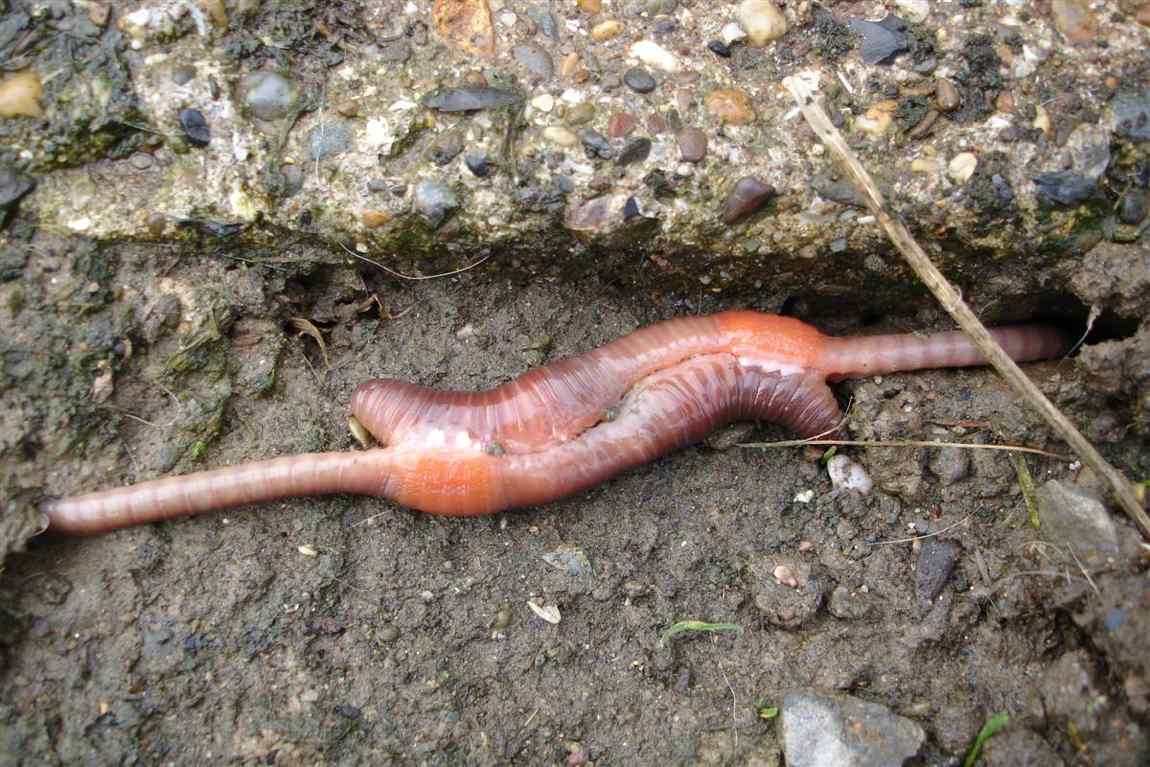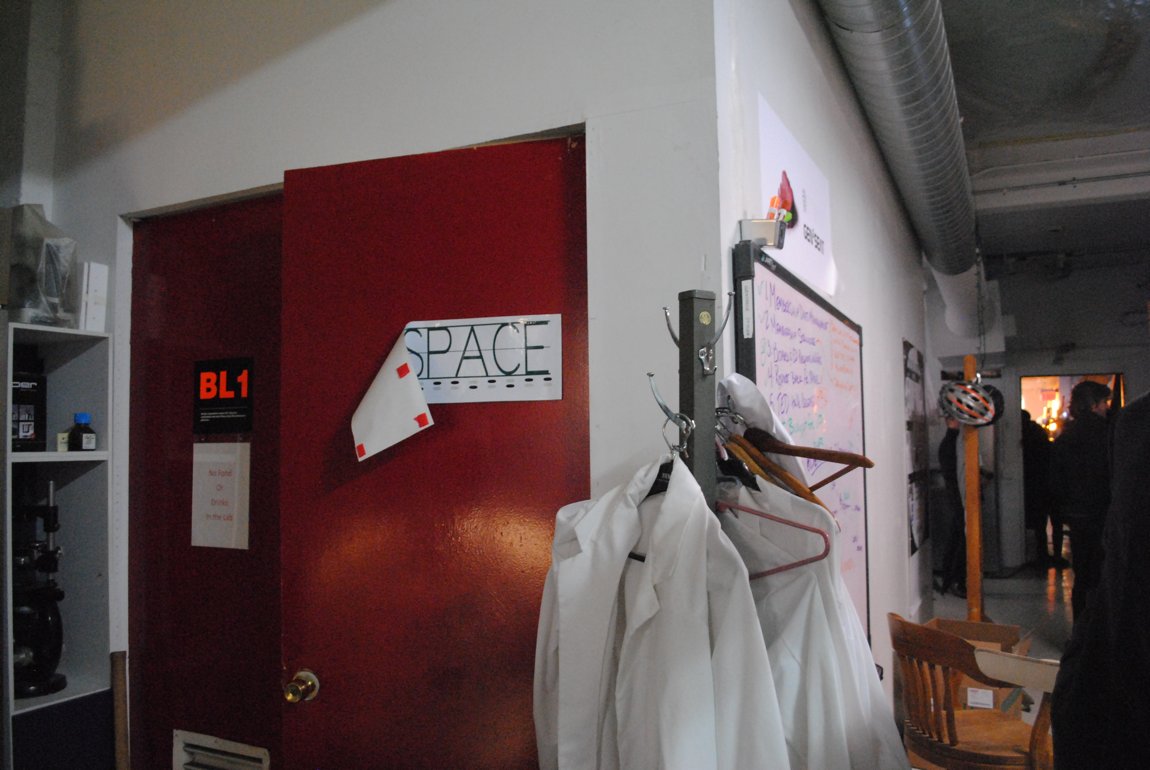You Too Can Play with DNA, at New York’s Amateur-Friendly Biolab
Vivid Ideas guest Nina Tandon explains where we're at with biotech and how amateur scientists are helping build the future of health.
Not long ago, a friend of mine described a serious medical treatment they were taking. They'd had to pick out the best drug for this, out of a bewildering range of medicines and wide ranges of side effects. To work out which would be most effective, they'd had their DNA sequenced. The normality of that seemingly sci-fi procedure briefly blew my mind.
In fact, this is not only a relatively normal thing, but it won't be too long before it'll be routine for you to, say, grow thousands of tiny batches of your own body tissue in a lab and actually test those specific drugs on your specific biology. For now, the hard bit is convincing those tissue batches to grow. Enter the tissue engineer, who can corral cells in tissue into some kind of order. Someone like Nina Tandon.
In her book Super Cells: Building with Biology, written with Mitchell Joachim, Tandon surveys what we can already build in the lab with cells: bricks, clothes, computer games, biodegradable coffins and Western Australian bioart. For her PhD, she grew heart cells. Then she took an electric current and ran it through them to make them beat. This is what we can do now, but Tandon sees growing your own tissue as something that will touch pretty much every part of ours lives before too long. And not just in medicine. Talking to her, it's hard to disagree.

Growing Which Where With What Now?
Despite the fact that this is stuff that's happening now, it seems like future tech. But it's really just building on some old ideas. Half her work is to "build the housing" that allows the cells to do their job. That "housing" for the cell that persuades it to do what you want is called a 'bioreactor'. Tandon works with cutting edge tech in her work, sure. But a bioreactor is actually old school. It can be as simple as an oven. "Baking is a bioreactor. You’ve got yeast. There are so many bioreactors. I mean, people eat yoghurt. That’s bioreactors too."
Tandon, founder of startup Epibone, was in Sydney this week as a keynote speaker at Sydney's Vivid Ideas. And, as she put it in her keynote "there’s an element of market research in this: if I was a heart cell, what would I want out of life?" Much of the work in one of these bio reactors is in getting cells comfortable. She described it all as a bit like managing a fish tank, where, instead of worrying about fresh water for freshwater fish, you're wondering what sort of hospitality you’ll have to roll out to keep heart tissue happy or liver cells growing the way you want.
This bioreactor hospitality already let us do all sorts of interesting things in the lab. Like cloning batches and batches of your breast cancer tumour to see what drugs kill your tumour best. Or growing relatively simple replacement tissues, like bone. We're getting there with bone. We're up to animal bones, like horses or pigs.

What Can't We Make?
It's hard to imagine what we'll soon be able to build this way. But not for Tandon. "I think it’s almost a better question to say what can’t we build?" What might seem normal in 15 or 20 years could be something like vegetarian* ham. "I bet we are going to see people’s croissants with ham and cheese where the ham is engineered. They’re going to be munching on ham that was never in a pig." Or more advanced organic lighting: "I can see a day where we have electric eels that are making light. Not as electric eels, but if we take the cells that make electricity from those eels and grow them in bioreactors…"
While writing Super Cells, Tandon tried to imagine fields that aren't likely to be radically changed by biotech advances. She counted four: "aerospace and railway transportation and banking and accounting." And even those, on deeper thought, seemed to her to have tech or fuel backbones "very likely to be disrupted by biology".
* Maybe.

Closer to the Worm
So, what do you become when you start being able to grow and implant your own spare parts? "If I can grow my own cells outside the body, and if there are more non-human cells than human cells in my body, what does it even mean to say the human body?" Tandon adds, though, that this is actually a quandary we've lived with all our lives. It's a bit like that question about some worms: "You can cut it in half and it’ll grow two new worms. But are those two different worms?"
As human beings, she points out, we've already grown out of what were originally our parents' cells. "We were all one cell big at one point. We don’t know when we began to be an individual. And individuals are birthed from other individuals. In a way it’s a lot closer to that worm than not." This is a challenge though, not an enigma. After all, "we got through this with blood transfusions."
Rather, in the absence of more scientifically informed politicians, the community at large just needs a little education in order to start puzzling out the ethics. "Everyone should be in that debate. And the only way that everyone can be in that debate is if everyone is familiar with the processes."

You Can Start Young
Early, hands-on education is what worked for Tandon. As a child she had a chemistry set and disassembled her vacuum tube TV ("those were the days"), though it also didn't hurt that she came from a science-friendly family.
Her father was an engineer, while her mother, Judith, having had some time on Wall Street and with a masters in education, would teach both her siblings ("my first scientific collaborators") and Tandon "all this kind of fancy math and stuff". Judith would reward the question 'How tall is that building?' by making her kids calculate the answer themselves, using triangles and sight lines.
Years later, educating the wider public and at university and a community biolab, is this the sort of experience Nina is trying to create for her own students? "Yeah, you know. I think I want to pass that on."

Your Local Biology Gym
A 'community biolab' is where a place like biolab Genspace comes in. Genspace is a biohacking space in Brooklyn, New York that Tandon helps out at. "Basically, like a gym membership applied to biology. So it’s like a hackerspace, but where people can use biological techniques without being bound by the scientific method." A board monitors ethics and safety, "but, really, there’s quite a lot of freedom".
You don't have to be following a particular grant priority, you don't have to be a scientist. You don't even need to be a particular age. In fact, that's the point. "People can learn how to decode DNA if they’re 12 or if they’re 85."
One of their go-to activities for newbies is extracting the DNA from strawberries. Once, a school student extracting DNA for the first time piped up, "Oh my gosh! DNA, it looks like boogers!". Says Tandon, "He was so happy. And I never forgot that he said that. And, you know what? It really did." For so much of this you don't even need a biolab. Tandon was first taught the procedure at a friend's place. By her toddler. You can follow the space's instructions if you want to extract your own strawberry DNA at home.
Tandon would love it if an Australian wants to set up a local biolab. Prospective local biohackers are welcome to contact her for inspiration. She'll put you in touch with the right people at Genspace to get you started.
In her keynote, Nina saw the need for similar spaces in biotech to the sort of spaces to where Steve Jobs or Jeff Bezos started their companies. And that's what a Genspace is for, too. "It’s basically like the garage where information technology began, but for biology."

Image of a moss photobioreactor by Eva Decker. Image of Earthworms (not actually the kind of worms that can grow back both halves) by Jack Hynes. Image of Genspace by .dh. Croissant by Stu Spivack. Pointing child at Sears Tower by Vincent Desjardins.
